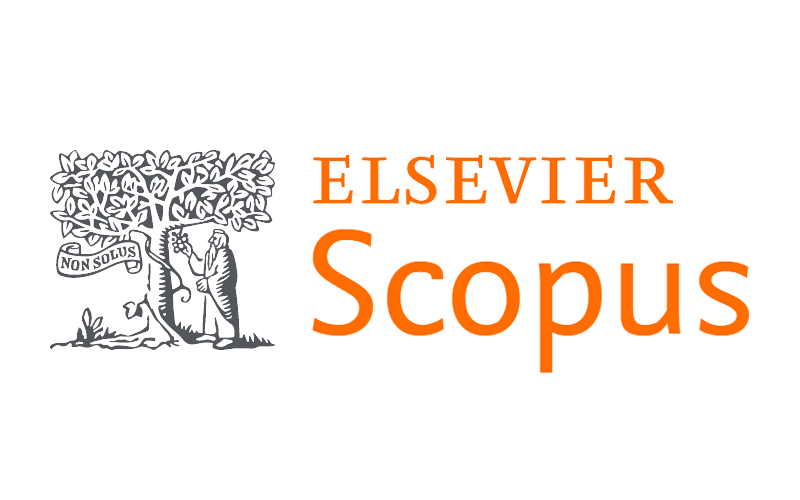Introductory Editorial
Snakebite CME Series
DOI:
https://doi.org/10.7196/SAMJ.2023.v113i5.1018Keywords:
snakebiteAbstract
This is the introduction article and editorial that will address the latest approaches to safe management of snakebite in South Africa and shares the evidence and expert consensus from the recent South African Snakebite Symposium (SASS) meeting held in July 2022.
References
World Health Organization Africa Office, Sambo LG. Foreword. In: Guidelines for the Prevention and Clinical Management of Snakebite in Africa. Brazzaville: WHO, 2010.
Williams DJ, Faiz MA, Abela-Ridder B, et al. Strategy for a globally coordinated response to a priority neglected tropical disease: Snakebite envenoming. PLoS Negl Trop Dis 2019;13(2):e0007059. https://doi. org/10.1371/journal.pntd.0007059
World Health Assembly. Addressing the burden of snakebite envenoming. 71st World Assembly. WHA, 2018.
Schrire L, Muller GJ, Pantanowitz L. The diagnosis and treatment of envenomation in South Africa. Rietfontein: South African Vaccine Producers, 1996.
Wood D, Sartorius B, Hift R. Estimating the burden of snakebite on public hospitals in KwaZulu Natal, South Africa. Wilderness Environ Med 2016;27:53-61.
Pantanowitz L, Guidozzi F. Management of snake and spider bite in pregnancy. Obstet Gyn Survey 1996;51:615-620.
Müller GJ, Modler H, Wium CA, Veale DJH, Marks CJ. Snake bite in southern Africa: diagnosis and management. CME 2012;30(10):362-382.
WoodD,WebbC,DeMeyerJ.SeveresnakebitesinnorthernKwaZulu-Natal:Treatmentmodalitiesand outcomes. S Afr Med J 2009;99(11):814-818.
Wood D, Sartorius B, Hift R. Classifying snakebite in South Africa: Validating a scoring system. S Afr Med J 2017;107(1):46-51. https://doi.org/10.7196/SAMJ.2017.v107i1.11361
Pattinson JP, Kong VY, Bruce JL, et al. Defining the need for surgical intervention following a snakebite still relies heavily on clinical assessment: The experience in Pietermaritzburg, South Africa. S Afr Med J 2017;107(12):1082-1085. https://doi.org/10.7196/SAMJ.2017.v107i12.12628
Blaylock RS. The identification and syndromic management of snakebite in South Africa. S Afr Fam Pract 2005;47(9):48-53.
Verbrugt l, Bodbijl T, Marais J. Elapsoidea sundevallii longicauda (Smith, 1848) long-tailed garter snake. Afr Herp News 2018;68:26-31.
Wium L. Neurotoxic snake bite in pregnancy. Obstet Med 2021;14(3):187-189. https://doi. org/10.1177/1753495X211019236
Pach S, Le Geyt J, Gutiérrez JM, et al. Paediatric snakebite envenoming: The world’s most neglected ‘neglected tropical disease’? Arch Dis Child 2020;105(12):1135-1139. https://doi.org/10.1136/ archdischild-2020-319417
Le Geyt J, Pach S, Gutiérrez JM, et al. Paediatric snakebite envenoming: Recognition and management of cases. Arch Dis Child 2021;106(1):14-19. https://doi.org/10.1136/archdischild-2020-319428
Buitendag JJP, Variawa S, Wood D, Oosthuizen G. An analysis of paediatric snakebites in north-eastern South Africa. S Afr J Surg 2021;59(3):97-101.
Variawa S, Buitendag J, Marais R, Wood D, Oosthuizen G. Prospective review of cytotoxic snakebite envenomation in a paediatric population. Toxicon 2021;190:73-78. https://doi.org/10.1016/j. toxicon.2020.12.009
WagenerM,NaidooM,AldousC.Woundinfectionsecondarytosnakebite.SAfrMedJ2017;107(4):315- 319. https://doi.org/10.7196/SAMJ.2017.v107i4.12084
Pattinson JP, Oosthuizen G, Tilbury CR, Wood D. Approaches to snake envenomation in Southern Africa. In: Mackessy SP, ed. Handbook of Venoms and Toxins of Reptiles. 2nd edition. London: CRC Press, 2021.
Kingdom of eSwatini. National Snakebite Management Guidelines. eSwatini Antivenom Foundation, 2021.
Specialised snakebite advisory team launched in SA. Medical Academic, 2018. https://www. medicalacademic.co.za/wound-care/specialised-snakebite-advisory-team-launched-in-sa/ (accessed 1 June 2022).
Downloads
Published
Issue
Section
License

This work is licensed under a Creative Commons Attribution-NonCommercial 4.0 International License.
Licensing Information
The SAMJ is published under an Attribution-Non Commercial International Creative Commons Attribution (CC-BY-NC 4.0) License. Under this license, authors agree to make articles available to users, without permission or fees, for any lawful, non-commercial purpose. Users may read, copy, or re-use published content as long as the author and original place of publication are properly cited.
Exceptions to this license model is allowed for UKRI and research funded by organisations requiring that research be published open-access without embargo, under a CC-BY licence. As per the journals archiving policy, authors are permitted to self-archive the author-accepted manuscript (AAM) in a repository.
Publishing Rights
Authors grant the Publisher the exclusive right to publish, display, reproduce and/or distribute the Work in print and electronic format and in any medium known or hereafter developed, including for commercial use. The Author also agrees that the Publisher may retain in print or electronic format more than one copy of the Work for the purpose of preservation, security and back-up.





